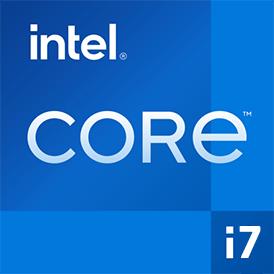 Estimated results for PassMark CPU Mark
Estimated results for PassMark CPU Mark
|
|
Intel Core i7-1255U
10C 12T @ 1.7 GHz
|
13905
|
|
|
Intel Pentium E2210
2C 2T @ 2.2 GHz
|
702
|
 Geekbench 5, 64bit (Multi-Core)
Geekbench 5, 64bit (Multi-Core)
|
|
Intel Core i7-1255U
10C 12T @ 1.7 GHz
|
7612
|
|
|
Intel Pentium E2210
2C 2T @ 2.2 GHz
|
557
|
 iGPU - FP32 Performance (Single-precision GFLOPS)
iGPU - FP32 Performance (Single-precision GFLOPS)
|
|
Intel Core i7-1255U
10C 12T @ 1.7 GHz
|
1916
|
 Geekbench 5, 64bit (Single-Core)
Geekbench 5, 64bit (Single-Core)
|
|
Intel Core i7-1255U
10C 12T @ 1.7 GHz
|
1603
|
|
|
Intel Pentium E2210
2C 2T @ 2.2 GHz
|
309
|

